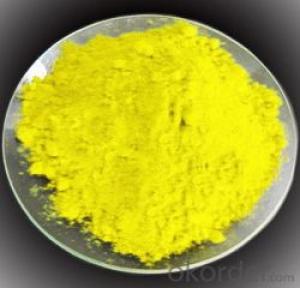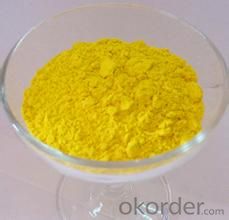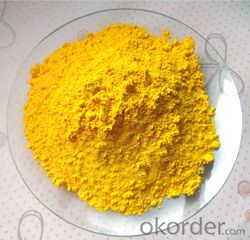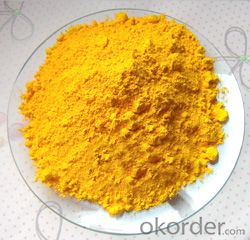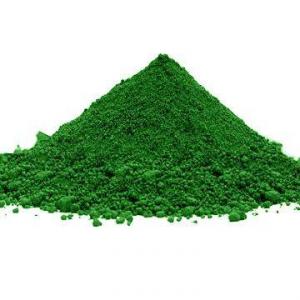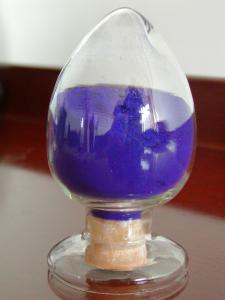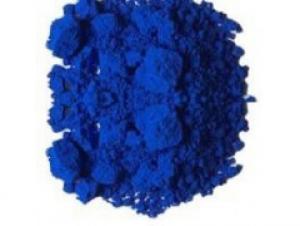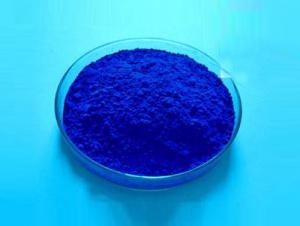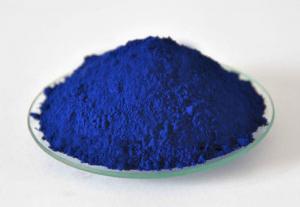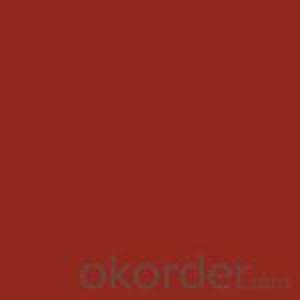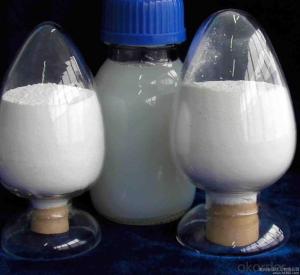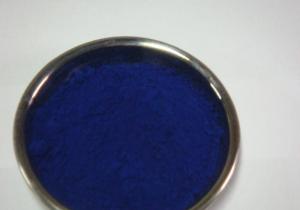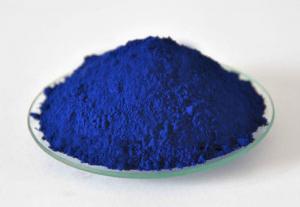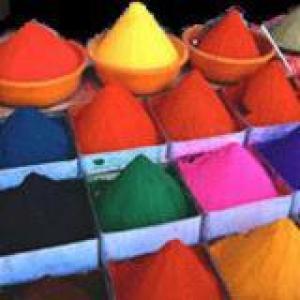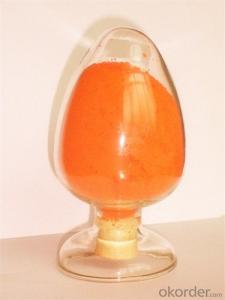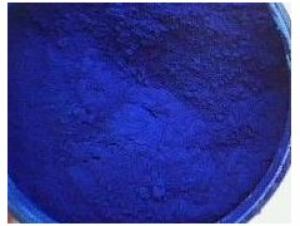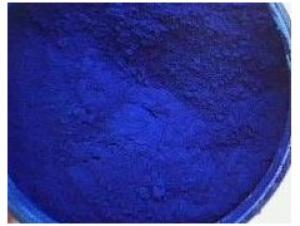Cadmium Yellow Acid Resistant Pigment Nanotmeter
- Loading Port:
- Tianjin
- Payment Terms:
- TT OR LC
- Min Order Qty:
- 500 kg
- Supply Capability:
- 6000000 kg/month
OKorder Service Pledge
OKorder Financial Service
You Might Also Like
Specifications of Cdmium Yellow:
P.Y. 37 Cadmium yellow, also known as 37 yellow pigment, as the bright yellow inorganic pigments, 537 cadmium yellow using membrane technology, environmental protection and low toxic properties. This cadmium yellow can be used to replace chrome yellow pigment, used in high-grade paint, fluorocarbon resin, plastic, etc.
Cadmium yellow | P.Y. 37 information:
Pigment name: Cadmium yellow
Cadmium Yellow Pigments index: P.Y. 37
Chemical composition: Cd/S
Product color: yellow powder
Cadmium yellow pigment properties: envelope
Pigment classification: metal oxide pigments
Cadmium Yellow | P.Y. 37 models:
Name | Type | Index | Appearance | CAS Index | C.I.Index | Thermal Endurance | Color Atla |
Cadmium Yellow | 537-1 | P.R.37 | Lemon Yellow | 68859-25-6 | 77199 | ≤300℃ | |
Cadmium Yellow | 537-4 | P.R.37 | Yellow | 68859-25-6 | 77199 | ≤300℃ |
Cadmium yellow | P.Y. 37 Parameters:
Acid-proof alkaline: soluble in acid
Sun resistance (1 ~ 8) : 8
Oil absorption: 27 to 30
PH: 6 ~ 8 g/cm3
Density: 4.5 ~ 5.9
Moisture: 0.5% or less
The average particle size distribution (D50) : 3 ~ 5 microns
Cadmium Yellow P.Y. 37 Features:
Cadmium yellow 537 is light yellow powder paint, insoluble in water, can be evenly dispersed in all kinds of resin, varnish, and apply to almost all resin plastic hair color.
Cadmium Yellow 537 performance similar to 5108 cadmium red, cadmium yellow but hiding power than cadmium red, even after coated environmental treatment, but it is still not recommended for close contact with the infant physiological situation.
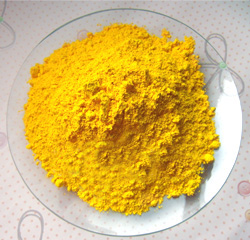
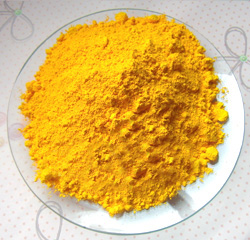
Cadmium yellow 537 paint tinting strength is strong, has good light fastness, weather resistance, good covering power, don't move, don't ooze color, can be used for outdoor boast skillful coloring.
Cadmium yellow 537 bright color saturation, its chromatographic range from light yellow is yellow to red light yellow.
Cadmium yellow 535 to fill cadmium yellow, not only reduces the cost, and some on paint, paint application performance is also improved, such as density and oil absorption, better dispersibility in organic medium, etc.
Cadmium Yellow Application:
Cadmium yellow 537 can be used for heat resistance coating, fluorine carbon plastic, color masterbatch, etc., used for traffic signs coloring, indicative warning facilities coloring, outdoor amusement facilities for children outdoor high weathering steel, plastic products, such as shading. Cadmium yellow at the same time, also applies to no more than 537 300 ℃ high temperature printing inks, paints and high-grade decorative coloring and other use.

Cadmium yellow 535 is particularly suitable for high cost performance, low cost of paint, paint, etc. For the use of colorants
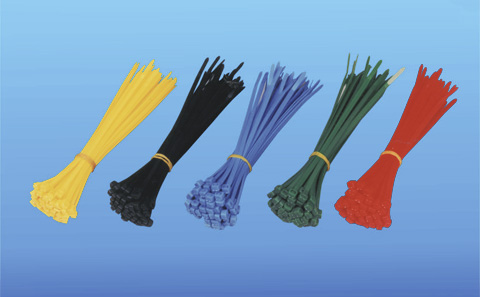
- Q: What is the role of pigment in photosynthesis photosynthesis ?
- The pigment is known as chlrophyll, and plays a vital role in photosynthesis. It is a principal light-capturing pigment in most plants, algae and cyanobacteria. In plants and algae, chlorophyll is located in the thylakoid membranes of choroplasts. During the reaction of photosynthesis carbon dioxide and water produce energy using light energy trapped by the green pigment chlorophyll. This reactions primary products are ATP and NADPH, with oxygen being produced as a waste product. Photosynthesis takes place in the chloroplasts, where the green chlorophyll pigment is located.
- Q: What is a pigment and their function in photosynthesis?
- chlorophyl is the pigment i think. it is in the leaves of plants, that is where the photosynthesis takes place.
- Q: what pigment are? give two example
- pigments found in plants, vegetables and fruits, make them look colorful. pigments found in animal skins, givie us colorful animal skins with variety of shades. Plant pigment Chlorophyll makes plant leaves look green. Plant pigment Carotenoid makes fruits and vegetables look orange, yellow, red. Plant pigment Phycobilin makes plants look bluish green or red.
- Q: Does albinism cause lack of ALL pigment, or just black pigment? Does this very on the species?
- Mammals and birds only have melanocytes (these produce varying amounts of brown or black pigment), so that's the only pigment that needs to be affected for them to display albinism. But other types of animals have multiple types of chromatophores. An albino snake, for example, would also need to have the cells that produce reds, yellows, and blues deactivated to appear white/colorless. For these animals to appear as albinos, all pigments would have to be affected.
- Q: How do you use pigments?
- The question is Why do you use pigments? I promise you they will not bring any amount of joy or happiness to your life, and they are probably a waste of money.
- Q: How are plant pigments like teammates on a sports team? And What is the goal of their teamwork??
- Pigments in the reaction center work together to organize themselves in place, to protect the plant from injury from incidental light, and to absorb photons from the spectrum with each pigment catching its own portion of the incoming wavelengths. The accessory pigments catch and pass energy to chlorophyll a. Chlorophyll a is the specialist that plays the photon's electromagnetic energy into chemical. It splits water to release its electrons and hydrogen ions for use in the calvin cycle where glucose is manufactured. The goal is to fix energy into a usable organic form for the plant to live on.
- Q: i was thinking of this all day long and then i thought of posting this question for you to help me sort it out
- plant pigments are of types---- LUCOPLAST- colourless, found in roots, collect food.,,, CROMOPLAST-- Of difrent colour (not green), in flowers atract insect for polination, in fruits atract animals for seed dispers,,,,CLOROPLAST-- Convert light energy to chemical energy, in leaves and otner parts....
- Q: thinking about the main role of pigments in photosynthesis...? explain how the pigments in colored objects suc?
- photosynthetic pigment or antenna pigment is a pigment that is present in chloroplasts or photosynthetic bacteria and captures the light energy necessary for photosynthesis. Green plants have five closely-related photosynthetic pigments (in order of increasing polarity): Carotene - an orange pigment Xanthophyll - a yellow pigment Chlorophyll a - a blue-green pigment Chlorophyll b - a yellow-green pigment Phaeophytin a[1] - a gray-brown pigment Phaeophytin b[1] - a yellow-brown pigment Chlorophyll a is the most common of the six, present in every plant that performs photosynthesis. The reason that there are so many pigments is that each absorbs light more efficiently in a different part of the spectrum. Chlorophyll a absorbs well at a wavelength of about 400-450 nm and at 650-700 nm; chlorophyll b at 450-500 nm and at 600-650 nm. Xanthophyll absorbs well at 400-530 nm. However, none of the pigments absorbs well in the green-yellow region, which is responsible for the abundant green we see in nature.
- Q: If they are not the same, then what is the difference? Please help me out here.
- Yes, tannins are pigments but they aren't really the main plant pigment. Plant pigments usually refer to photosynthetic pigments (chlorophyll, carotenoids, etc.). These photosynthetic pigments give the leaves their green color (or yellow/orange in the fall). Tannins are non-photosynthetic phytochemical (involved in plant metabolism and internal functioning), but they are also a pigment. Tannins (and lignins) are brown. This is was gives dead leaves and wood their color. Tannins also leach out of the leaves when soaked in water (same process as brewing a cup of tea). So tannins are pigments when they leach out of leaves and stain water (or other things) brown, but they are not photosynthetic plant pigments. In other words, it depends on what context you are calling a tannin a pigment. In a live plant they are not a pigment (judgment call here). In a dead leaf or when they leach out of a leaf they are a pigment.
Send your message to us
Cadmium Yellow Acid Resistant Pigment Nanotmeter
- Loading Port:
- Tianjin
- Payment Terms:
- TT OR LC
- Min Order Qty:
- 500 kg
- Supply Capability:
- 6000000 kg/month
OKorder Service Pledge
OKorder Financial Service
Similar products
Hot products
Hot Searches
Related keywords
